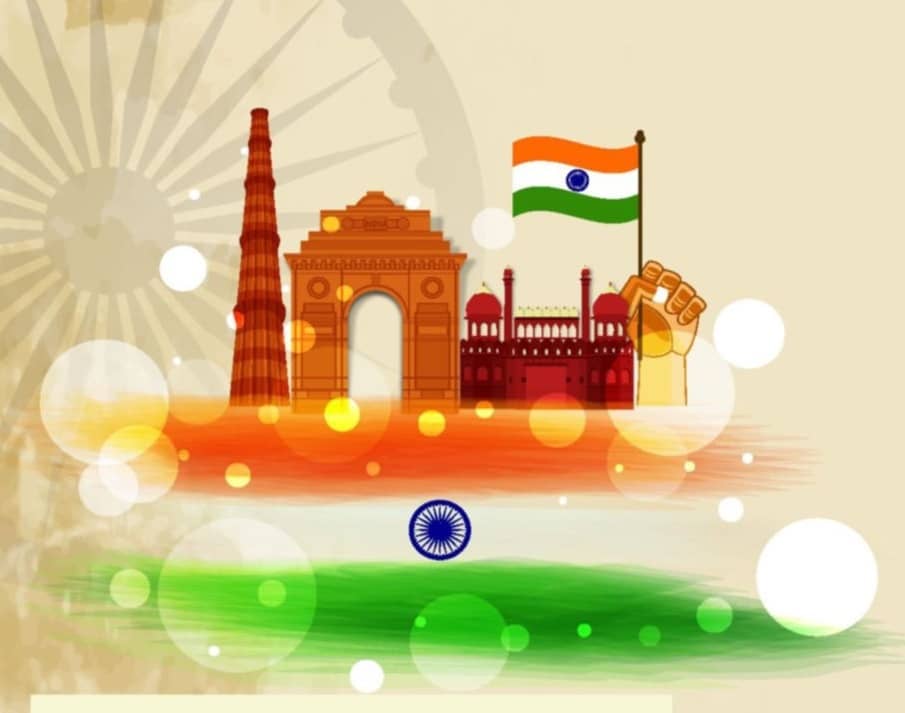Stories and Legends of Deepavali
India, the land of rich cultural heritage, has one or the other festival every month. It is the spiritual and religious richness in India that each festival has significance related to lifestyle, seasons, history and legends of this great land. One such festival is the 'festival of lights: Deepawali'.
Like every other Hindu festival, stories and legends are associated with Diwali too. Here are some of them in brief:
Return of Shri Ram To Ayodhya: The most famous legend behind the celebrations of Diwali is about the prince of Ayodhya Nagri - Lord Shri Ram. While in exile, the king of Lanka, Ravana, kidnapped Ram's wife, Sita from the forest, where they were staying as per the instructions of King Dashratha, father of Lord Ram. In order to free Sita from Ravana's custody, Ram attacked Lanka with the aid of 'Vaanar Sena' in which, Ram defeated Ravan and released Sita. On the return of Lord Ram along with his wife Sita and brother Lakshman, from exile after 14 years, people of Ayodhya decorated their homes as well as the city of Ayodhya by lighting tiny diyas all over. It was this day.
The Rebirth of Lakshmi: Lakshmi, the goddess of fortune and prosperity, is the most prominent goddess associated with Diwali and thus her story is one that has particular significance to the festival. As the legend goes, through a display of arrogance, Lord Indra once provoked Lakshmi to leave the divine world and enter the milky ocean. Without the guidance and blessings of Lakshmi, the world then turned into a dark place and the gods were desperate to bring her back. After churning the milky ocean (Samudra Manthan) for 1,000 years, Lakshmi was finally reborn, rising to the surface on a beautiful lotus flower and once again bringing to the world her blessings of good fortune. On Diwali, people light up the night to guide Lakshmi into their home and bring good fortune and prosperity for the year to come.
Lord Krishna Destroyed Demon Narakasur: Legend holds that Narakasura was blessed by Brahma with the power that he could only die at the hands of a woman, whom Narakasura believed would never happen. After victory over Lord Indra during a war, Narakasur snatched away the magnificent earrings of Mother Goddess Aditi. Narakasur also imprisoned sixteen thousand daughters of Gods and saints in his harem. With the support of Lord Krishna, Satyabhama defeated Narakasur, released all the women from his harem and restored the magnificent earrings of Mother Goddess Aditi. While dying, Narakasura requested that no one mourn his death and instead celebrate with life and colour, as we see take place every year during the Diwali festival.
The Return of The Pandavas: The great Hindu epic 'Mahabharata' has another interesting story related to the 'Kartik Amavasya'. According to the story, the 'Pandavas', were sentenced to thirteen years exile after losing a game of dice, against 'the Kauravas'. Therefore, the Pandavas spent thirteen years in the forest and returned to their kingdom on the day of 'Kartik Amavasya' leading to celebrations.
Coronation of King Vikramaditya: Another legend about Diwali celebrations relates to one of the greatest Hindu King - Vikramaditya. It was the day when he was coronated and the people celebrated this event by lighting tiny earthen 'diyas'. His reign was also the beginning of Vikram Samvat, the Hindu calendar, and celebrated as Hindu New year every year on this day in some regions.
Kali Destroys the Demons: Kali, the goddess of destruction, is celebrated in West Bengal as the major deity associated with Diwali. According to Hindu mythology, Kali was born to liberate heaven and earth from the cruel oppression of the demons. However, after slaying all the demons, Kali lost control and continued her path of destruction until the intervention of Lord Shiva. Her day of repentance is celebrated on Diwali, paying tribute to the awesome power of Kali and her embodiment of the ultimate victory of good over evil.
Lord Mahavira attains Nirvana: While these previous legends come from Hindu mythology, Jains also have their own traditions that guide the celebration of Diwali. According to Jainism, Lord Mahavira, a contemporary of Gautama Buddha, reached enlightenment at the time of Diwali in the 6th century BCE, around the time of the first historical records of the festival’s observation.
Guru Hargobind's Release from Prison 'Bandi Chhor Divas': In Sikh tradition, this date commemorates the 17th-century release from prison of Guru Hargobind, a significant figure in the Sikh religion, who had been detained under the Mughal empire. It is also a time of year during which all Sikhs traditionally gather to receive guru blessings, and has officially been observed as a Sikh festival since the 16th-century.
The basic nature of the human spirit is celebration whatever may be the occasion. So let's celebrate Diwali, let's celebrate Life!
Happy Diwali!



















